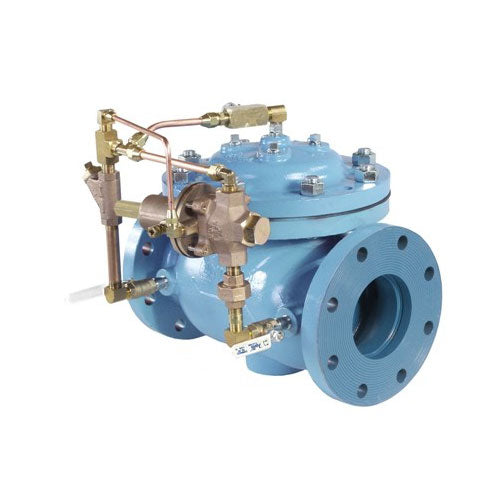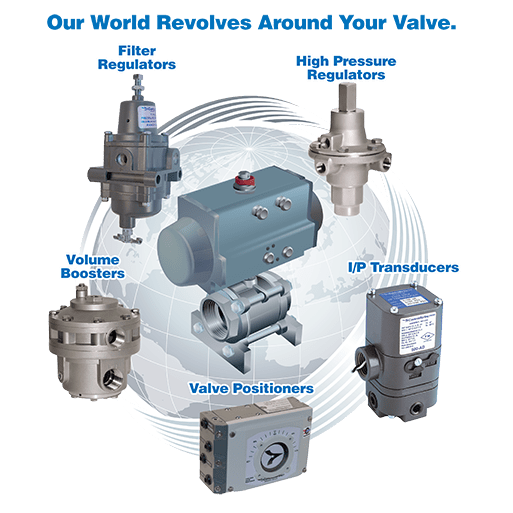
Maximize Energy Cost Savings and Comfort With Advanced Building Automation Controls
In the realm of modern-day architecture and center management, the combination of sophisticated building automation regulates stands as a critical development. By harnessing the power of automation, structures can adapt, react, and progress in ways that were when unimaginable.
Power Efficiency Conveniences
Energy efficiency benefits can significantly minimize power usage and functional costs in buildings. By applying energy-efficient methods and modern technologies, building proprietors and operators can accomplish considerable savings while likewise adding to environmental sustainability. Among the primary advantages of boosting energy performance in buildings is the decrease of utility expenses. Energy-efficient systems, such as advanced structure automation controls, can enhance using resources like illumination, air conditioning, and home heating, resulting in reduced energy costs with time.
Moreover, improved energy efficiency can lengthen the life-span of structure devices and systems. By operating a lot more effectively, cooling and heating systems, lighting components, and various other building components experience much less deterioration, leading to decreased maintenance and substitute expenses. Additionally, energy-efficient structures commonly regulate higher residential property values and rental rates, supplying long-term monetary advantages to proprietors.
Moreover, energy effectiveness can enhance passenger comfort and efficiency. Properly controlled indoor atmospheres with optimum illumination and thermal problems create a more conducive and pleasurable workspace, bring about boosted employee satisfaction and efficiency. In general, the power performance advantages related to sophisticated structure automation controls are multifaceted, including price financial savings, environmental stewardship, and owner well-being.
Improved Convenience Control
Enhancing comfort control in building settings calls for a sophisticated combination of advanced automation systems for optimum resident wellness. By using advanced building automation controls, facilities can tailor the interior atmosphere to satisfy the particular requirements and preferences of passengers. control valves.
By including these advanced controls, buildings can not just enhance comfort but additionally boost energy performance by enhancing system procedures based on actual occupancy and use patterns. Ultimately, focusing on owner comfort with advanced automation systems leads to a much more enjoyable and healthier interior environment.
Functional Performance Improvements

Moreover, the application of real-time surveillance and analytics tools enables structure drivers to identify power inefficiencies and operational abnormalities without delay. By continuously monitoring energy use patterns and system performance metrics, modifications can be made in real-time to maximize power usage and make certain peak operational effectiveness. control valves. Additionally, integrating demand reaction techniques into structure automation controls can better enhance operational effectiveness by dynamically changing power use based upon grid problems and rates signals
Indoor Climate Optimization
Efficient indoor climate optimization is an essential home facet of structure automation controls, ensuring residents' convenience and wellness while optimizing power financial savings. By making use of advanced sensors and controls, building automation systems can continuously change and keep an eye on temperature level, moisture degrees, air high quality, and air flow to develop an optimum indoor atmosphere. Preserving constant and comfy conditions not only enhances resident fulfillment yet additionally boosts productivity and overall well-being.
Indoor climate optimization likewise plays a crucial function in energy effectiveness. By fine-tuning cooling, home heating, and air flow systems based on real-time data and tenancy patterns, constructing automation controls can dramatically minimize energy consumption - control valves. Executing techniques such as demand-controlled ventilation and thermal zoning can aid lessen energy waste while making sure that each area of the structure gets the necessary conditioning.

Lasting Environment Creation
Building automation controls not only maximize interior climate conditions for power effectiveness and passenger comfort yet likewise lay the structure for developing a lasting environment with calculated monitoring of systems and resources. By incorporating innovative building automation innovations, such as sensing units, actuators, and smart software application, facilities can keep track of and readjust power use in real-time to decrease waste and decrease their carbon footprint. These systems make it possible for predictive maintenance, identifying possible problems before they rise and enhancing tools efficiency to enhance long life and effectiveness.
Furthermore, lasting atmosphere creation expands past energy monitoring to include water preservation, waste decrease, and interior air quality renovation. Building automation controls can control water usage, identify leaks, and ensure appropriate garbage disposal methods, adding to general sustainability initiatives. Additionally, by managing and monitoring ventilation and purification systems, these modern technologies enhance occupant health and efficiency while decreasing power consumption related to HVAC procedures.
Final Thought
In conclusion, advanced building automation regulates offer considerable advantages in terms of power savings, convenience control, operational effectiveness, indoor climate optimization, and developing this content a lasting environment. By executing these controls, buildings can accomplish optimum performance while lowering energy consumption and enhancing resident convenience. It is apparent that the use of innovative automation technology is essential in enhancing building performance and developing an extra sustainable future.
Power performance benefits can substantially lower power intake and functional prices in structures. On the find more whole, the power performance advantages linked with sophisticated structure automation controls are diverse, including expense savings, environmental stewardship, and passenger wellness.
Furthermore, integrating demand reaction techniques into structure automation controls can better improve functional efficiency by dynamically adjusting power usage based on grid problems and prices signals.
Building automation regulates not only optimize interior climate conditions for power efficiency and owner convenience but additionally lay the structure for creating a lasting atmosphere through strategic monitoring of resources and systems.In verdict, advanced building automation regulates offer considerable benefits in terms of energy savings, comfort control, functional performance, interior environment optimization, and producing a lasting atmosphere.